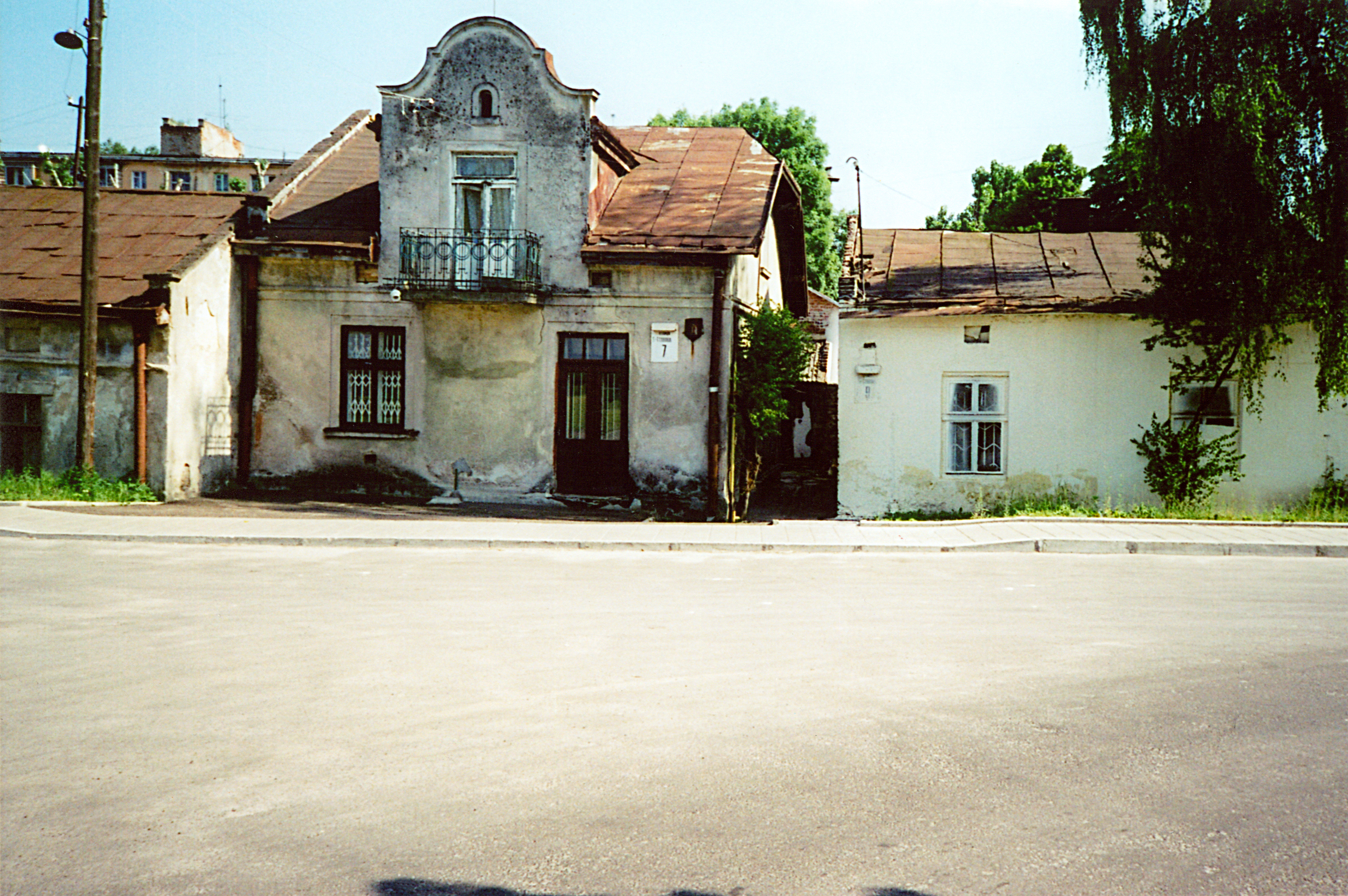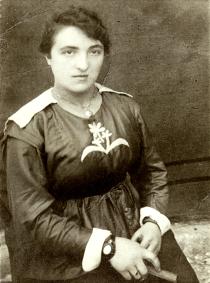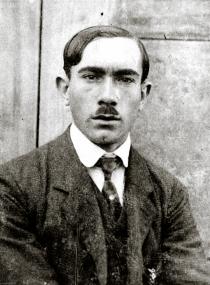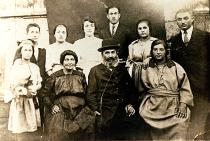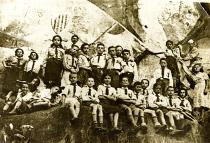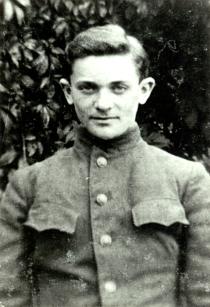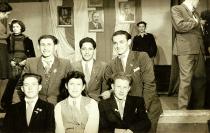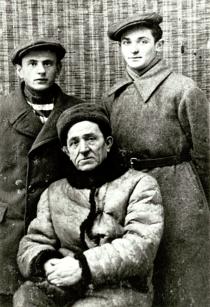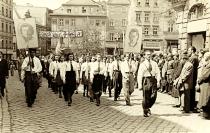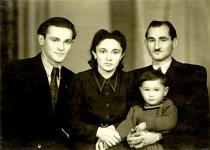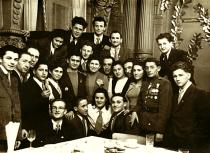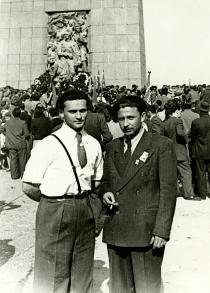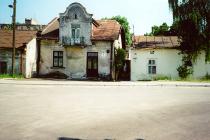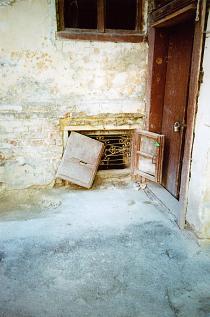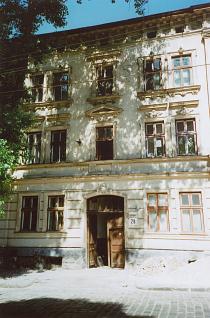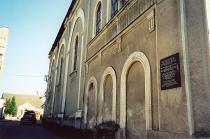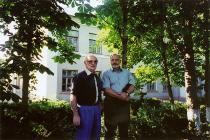This is one of the buildings of the Jewish part of Horodenka.There was a Jewish soup kitchen in that building. I remember that in 1942 it was still operating. I took this photo in 2003.
I remember Horodenka well. Rynek Street was in the center. It was a street of single-story detached and semi-detached houses. There were fewer two-story houses and so ours stood out a little. It was a typical Jewish street. The only non-Jewish resident, Mr Dylewski, a Ukrainian, had a restaurant three doors down from us. The street ran along one side of a large square down to the town bathhouse. Jewish artisans lived and worked on Rynek Street. Most of them were carpenters. Here and there was a cobbler or a little shop where you could buy all sorts of small things. There was a baker, too, and a butcher's shop run by Catholics. They had non-kosher meat and cold cuts: sausage, blood pudding, scraps.
The main street in Horodenka was cobbled. That road was on the route from Kolomyja to Zaleszczyki. There were a few detached houses - one of the people who lived there was the rov, who had a house with a garden and an orchard. And a little further on was the elementary school that we went to before the war. That was a large, several-story building with a large yard where we could play during the breaks. Further on were detached houses; lawyers and doctors lived there. The court and the prison were nearby. On the right was the Ukrainian grammar school, which was converted into a boys' ten-grade school in the Soviet period, and further on, outside town, was the sports stadium, and there football matches and some festivities were held. Three bridges linked the town to its suburbs. The river flowed under the bridges and there were even two mills along the way. In the area around the stadium lived the majority of the Jewish poor in wooden or tin huts. That was stinking squalor - the streets didn't have drains. You didn't even want to walk that way.
